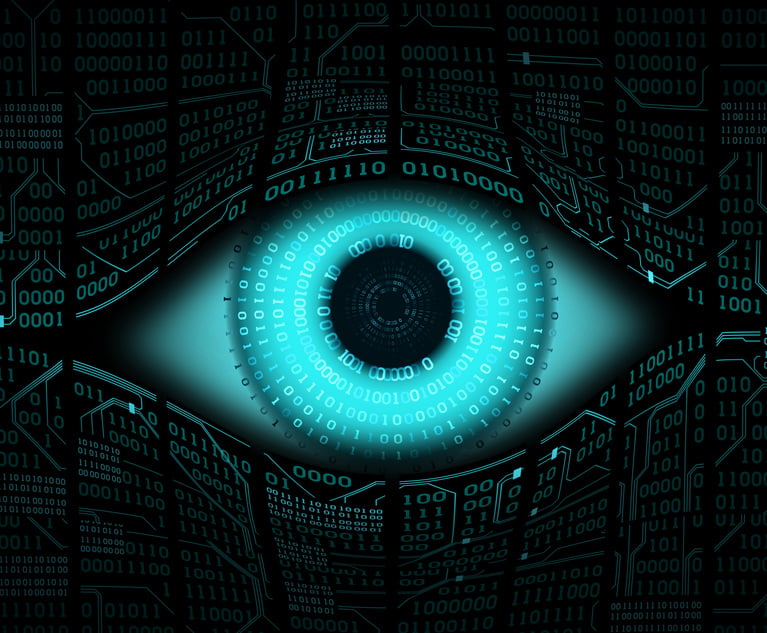We manage huge internal networks. We provide technology servicesto remote facilities. We support thousands of external consumers ofour products. We have Web sites, CRM systems, accounting systems,straight-through application systems, claims submissionapplications, etc.–literally scores of applications and manycategories of customer. And what do all these data processingsystems have in common? At some point in time they all will requiretechnical support.
Technical support for computer systems has becomeextraordinarily difficult. Why? Because the rapid proliferation ofpersonal computers and applications to serve those computers hasbeen done without proper attention to standards. The Internet hasserved only to exacerbate the problems we create by ignoringstandards. In addition, computer users have come to believe anyproblems they are experiencing must be caused by the provider ofthe service they are consuming. I can't think of any other branchof technology where this is the case.
Consider radio. For most commercial radio broadcasts in NorthAmerica, there are two sets of standards that must be adhered to.One is based upon amplitude modulation of the carrier signal (AM),and one is based upon frequency modulation (FM). Each has a definedset of frequencies on which it can broadcast as well as regulatedpower limits. Radios are commodities that are readily available andcan be counted on to receive and translate signals and deliveraudio to the user. Contrast this to HTML.
Want to continue reading?
Become a Free PropertyCasualty360 Digital Reader
Your access to unlimited PropertyCasualty360 content isn’t changing.
Once you are an ALM digital member, you’ll receive:
- All PropertyCasualty360.com news coverage, best practices, and in-depth analysis.
- Educational webcasts, resources from industry leaders, and informative newsletters.
- Other award-winning websites including BenefitsPRO.com and ThinkAdvisor.com.
Already have an account? Sign In
© 2024 ALM Global, LLC, All Rights Reserved. Request academic re-use from www.copyright.com. All other uses, submit a request to [email protected]. For more information visit Asset & Logo Licensing.








